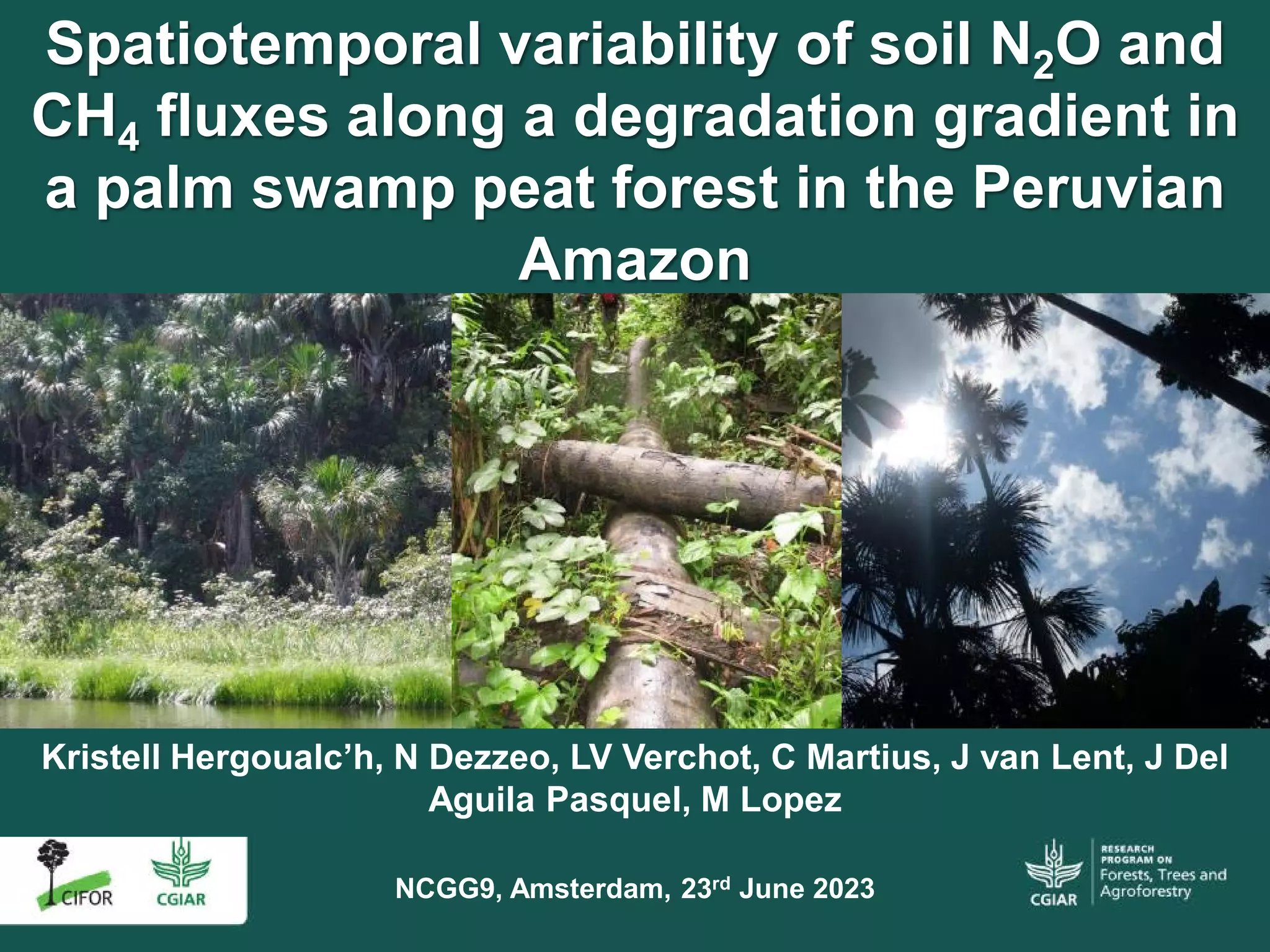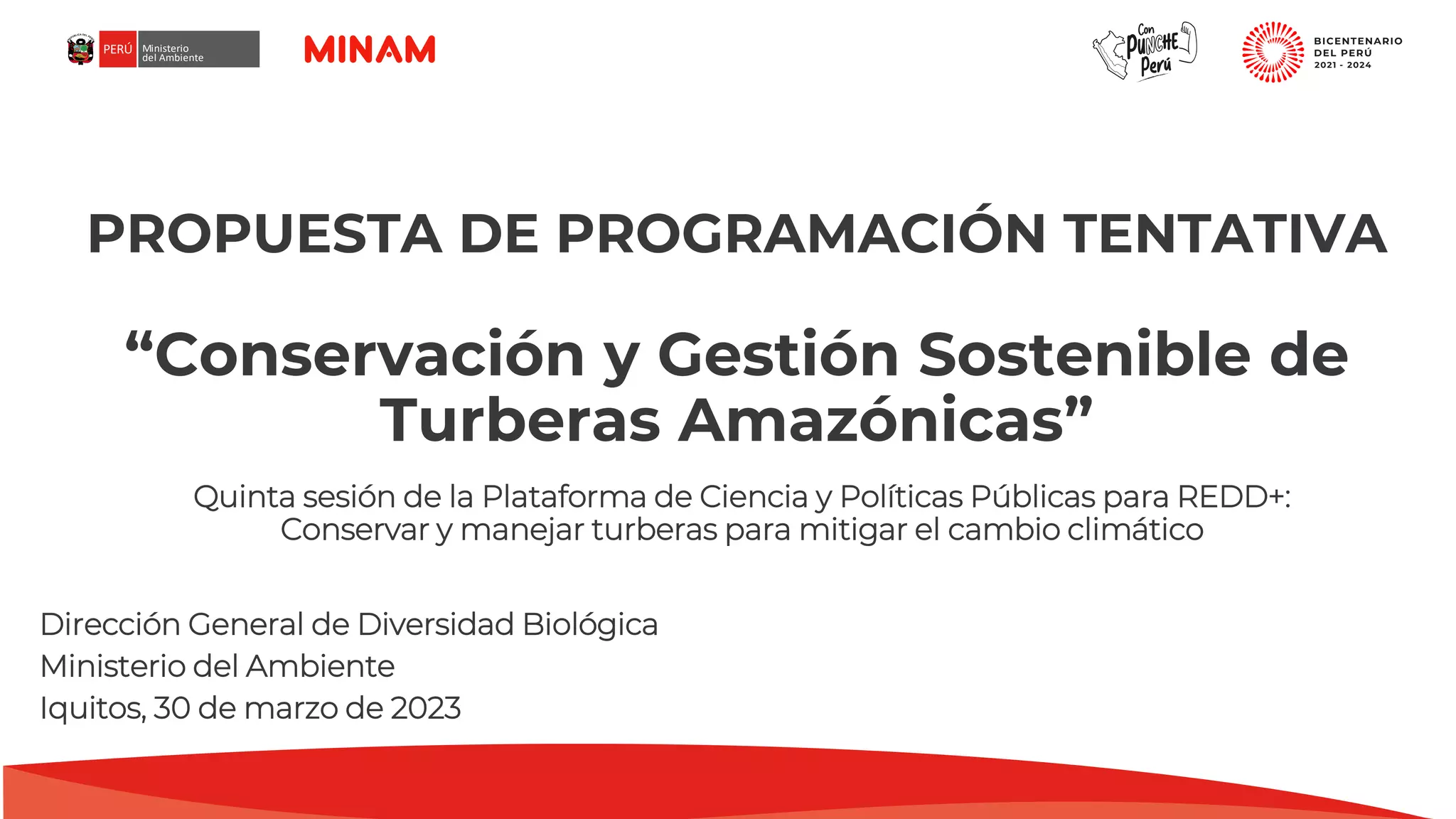
Accurate assessment of tropical peat forest carbon stocks and impact of fires on carbon pools is required to determine the magnitude of emissions to the atmosphere and to support emissions reduction policies. We assessed total aboveground carbon (AGC) in biomass pools including trees, shrubs, deadwood, litter and char, and peat carbon to develop empirical estimates of peat swamp forest carbon stocks in response to fire and disturbance. In contrast to the common assumption that peat fires combust all AGC, we observed that about half of undisturbed forest AGC, equivalent to about 70 Mg C ha−1, remains after one or two recent fires – mainly in dead trees, woody debris and pyrogenic carbon. Both recently burnt and repeatedly burnt peat forests store similar amounts of carbon in the top 10 cm of peat when compared with undisturbed forests (70 Mg C ha−1), mainly due to increased peat bulk density after fires that compensates for their lower peat C%. The proportion of fuel mass consumed in fire, or combustion factor (CF), is required to make accurate estimates of peat fire emissions for both AGC and peat carbon. This study estimated a CF for AGC (CFAGC) of 0.56, comparable to the default value of the Intergovernmental Panel on Climate Change (IPCC). This study estimated a varying CF for peat (CFPEAT) that ranged from 0.4 to 0.68 as depth of burn increased. This revised CFPEAT is one third to one half of the IPCC default value of 1.0. The current assumption of complete combustion of peat (CF = 1.0) is widely acknowledged in the literature as oversimplification and is not supported by our field observations or data. This study provides novel empirical data to improve estimates of peat forests carbon stocks and emissions from tropical peat fires.
- Authors: Krisnawati, H., Adinugroho, W.C., Imanuddin, R., Weston, C.J., Volkova, L.
- Author Affiliation: Ministry of Environment and Forestry of Indonesia, The Sebangau National Park, University of Melbourne
- Subjects: peat, swamps, carbon, emissions, deadwood, wildfires, tropical forests
- Publication type: Journal Article
- Source: Science of The Total Environment 779: 146365
- Year: 2021
- DOI: https://doi.org/10.1016/j.scitotenv.2021.146365


















